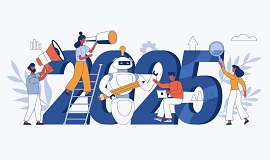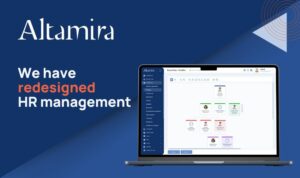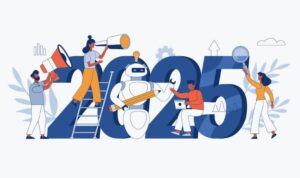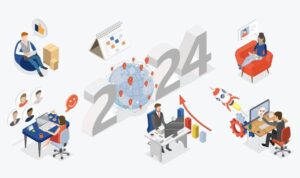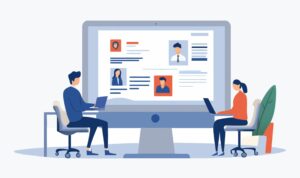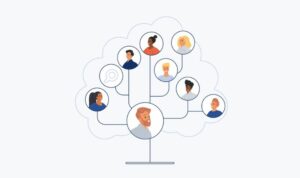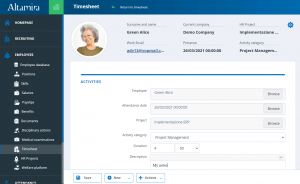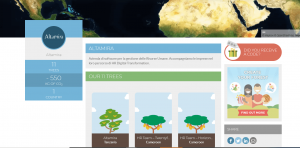Thanks to platforms like Altamira HRM, many companies have digitized their HR processes more and more over time.
However, even the most “smart” companies—including the manufacturers of these software solutions themselves—hadn’t reached a level of digitization as radical as the one they were urged to attain by the current pandemic.
The adoption of remote working and social distancing on a massive—if not exclusive—level are pushing companies to find digital solutions even for activities that were still being managed in a “traditional” way until now. This change is requiring further effort from the most innovative companies, and is laying an even heavier burden on those that are still not up to speed with the digital revolution.
Here are the most striking examples we have noticed.
Career Day
Employee search and selection is perhaps the HR area with the highest rate of technological innovation. Therefore, the current context is only accelerating a process that has been going on for a long time, particularly favoring the wider spread of video interview software, which had already been in use for a number of years.
The real innovation in this area is the massive digitization of Career Days, transformed into opportunities for employer branding and digital recruiting thanks to the use of special software such as Eightfold. From an outlier, digital Career Days will become the norm in the coming months.
Onboarding
Many software solutions—including Altamira Recruiting—had already made it possible to digitize the onboarding process, automating repetitive steps such as document exchange and the reading of policies and assigning preliminary tasks to the new hire. But how many companies were ready to welcome their new internal employees without meeting them in person for months?
Training a new employee remotely, and, most importantly, integrating them into the team without having the opportunity to meet them in person is not an easy feat, but this is what is happening at the moment, including at Altamira. Online team building and training tools will certainly come in handy for this purpose as well.
Team building
Until a few weeks ago, it would have been difficult to consider investing in a team building initiative that did not involve work colleagues in a concrete and hands-on activity.
Now that the need to keep distributed teams closely connected is stronger than ever, things have changed. It’s no coincidence that new forms of virtual team building began to appear right away, aiming to maintain the harmony and team spirit within a company by using digital challenges and quizzes.
Training
Online training has been a reality for many years, and its spread has been limited mainly by the small investments that many companies are still making in this field.
However, up to this point, few companies had come to rely exclusively on digital. In particular, training courses on very specialized topics are hard to find in this format.
Today, the demand for training software that supports e-learning is clearly increasing, as we can see from our own experience. The real challenge will be to produce digital content that is able to fully meet the training needs of companies.
Attendance monitoring
So far, most companies have preferred to track employee attendance using badges and hardware devices, even when they had software available that allowed clocking in/out from smartphones, tablets and/or computers.
Today, virtual clocking-in/out is allowing companies that are working exclusively remotely to continue to track the attendance and overtime of all employees.
Evaluations
The lockdown has paralyzed all the evaluation processes that were still based on paper and Word documents, but it has also affected the habits of even the most innovative companies.
Even companies that have adopted a digital evaluation platform usually have regular face-to-face meetings dedicated to dialogue and discussion. Today, in order to be able to continue their processes, they have also digitalized these meetings, relying on the videoconferencing and video calling apps that are being used more and more.
Thanks to this small change, they are managing to complete this process successfully, which is even more important than before during this period in which each employee is called upon to demonstrate autonomy and a sense of responsibility, and in which the only evidence of the quality of their work is the results achieved.
Copyright: ©elenabsl/Adobe Stock










